While most people visit Spain in July/August, I prefer to go in May when the countryside is dappled with wild flowers and temperatures are pleasantly warm but not excessively hot. There are less people, which frankly is a blessing to the wandering wildlife photographer, not forgetting the timid wildlife. The month of May is also the time of religious festivities where town and village communities get together, both young and old, to parade large statues of the Virgin Mary on their shoulders or walk the ‘via dolorosa’ in memory of their Christian heritage. A particular Spring event that my wife and I love and often return to is the festivity of the ‘patios’, which takes place in the beautiful ancient city of Cordoba, my beloved place of birth. However, it’s not to the city of Cordoba that my thoughts now turn to but to my mother’s garden villa in La Costa Del Sol.
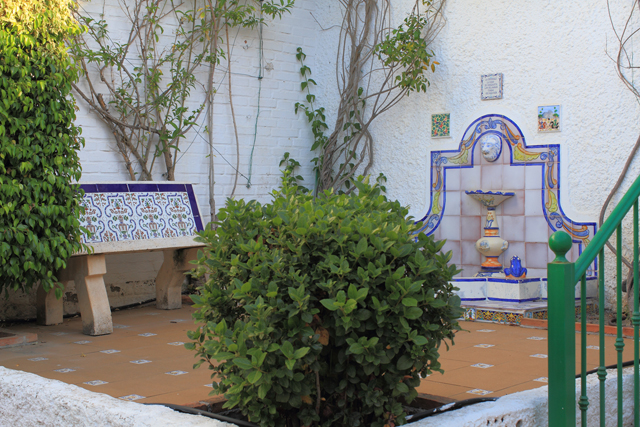
The patio walls of the villa are favourite habitats for geckos and jumping spiders.
Gardens in the south of Spain are great magnets for wildlife as they provide much needed shelter from the scorching sun. Water, so essential to all life, is provided through sprinklers while it can naturally be found in succulent plants such aloe vera. These plants have long v shaped channels in their leaves that act both to store rainwater as well as dispersing it when overflowing. Snakes and lizards will bask and hide within their serrated leaves. Oblivious to the imminent predatory dangers, butterflies can also be seen perching at their peril on the leaves in order to bask in the glorious sunshine.
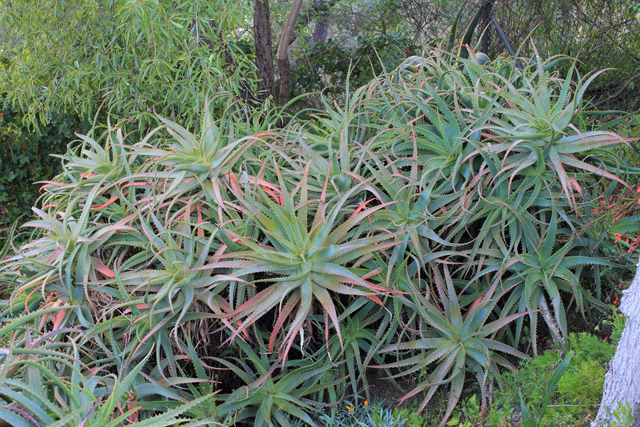
The mass of swirling aloe vera leaves provide much needed shade and a welcome resting place for snakes and lizards.
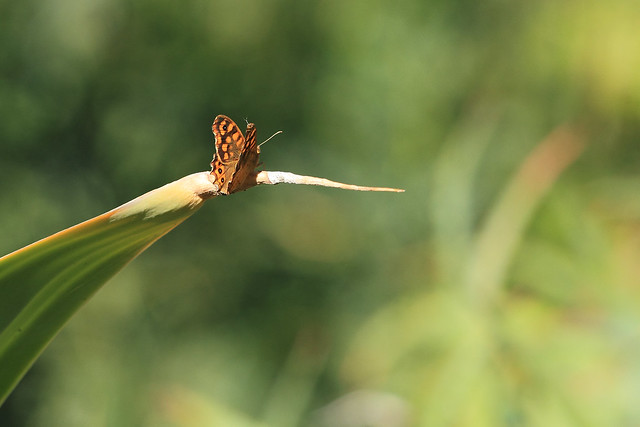
Butterflies such as this Speckled Wood were often seen perching on the long and slender aloe vera leaves.
I have many happy childhood memories of summer holidays spent looking for wildlife in this wonderful villa. I recall how when travelling in the back seat of my father’s car the sight of nightjars (nightjars are hawk-like nocturnal birds, characterised by long wings, short legs and very short bills) sitting on the rough, untreated road surfaces ahead of us, could be seen. The car’s headlights would illuminate them, as if they were strange apparitions coming out of the living earth’s bloody red soil. With the coming of tourism and the inevitable increase in buildings and road traffic, the nightjars have long vanished, no doubt flown to some more quiet and remote area of Spain.
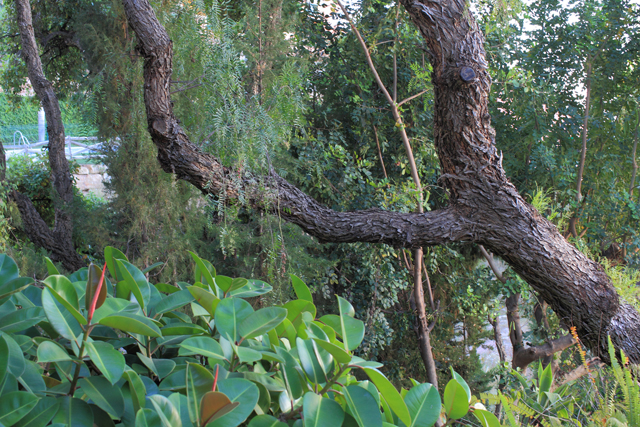
The nightjars may have long vanished but there is still plenty of wonderful wildlife to be found in the trees and dense vegetation.
Then there was the unforgettable experience of having a Death Hawk moth fly into our kitchen. I must have been about ten years old at the time but its distinguishable skull pattern across its wings spell-bounded and fascinated me. It seemed like some strange creature from the darkest recesses of the night had flown into my mind kindling my imagination with thoughts of the beyond. Perhaps it was the dead spirit of some poor frog that I had mercilessly speared with my homemade sugar cane lance? Did the moth come to haunt me? If it did then it surely more than fulfilled its mission.
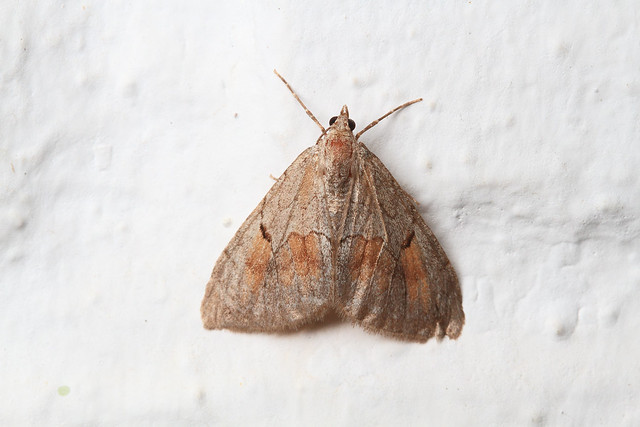
Not the impressive Death Head Hawk moth of childhood memories but a smaller yet equally attractive moth. Thankfully such moths are still plentiful.
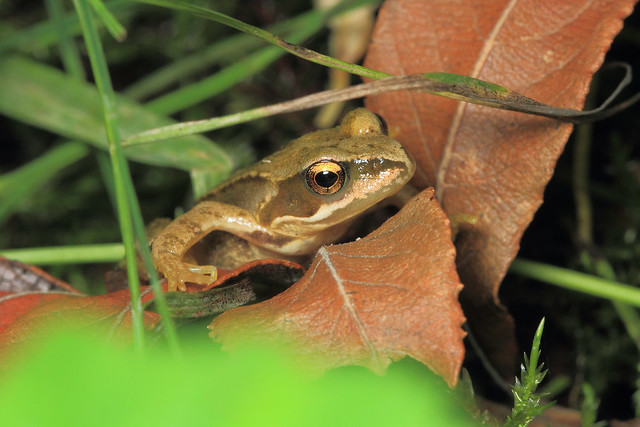
Perhaps it was the dead spirit of some poor frog that I had mercilessly speared with my homemade sugar cane lance?
The haunting continues and fifty years later I can still recollect the terrible tortures inflicted on these poor defenceless creatures. Burning ants with a magnifying glass or using the bugs on the rubbish tip as shooting targets, these are just some of the terrifying atrocities committed as a child. I now shudder at the thought and hope that the work I do for wildlife conservation goes some way towards redeeming my past cruelty to these poor defenceless creatures. They did me no harm and in turn have given me so much pleasure. Of more significance, they are so fundamentally important to the environment that I and everybody else depend on.
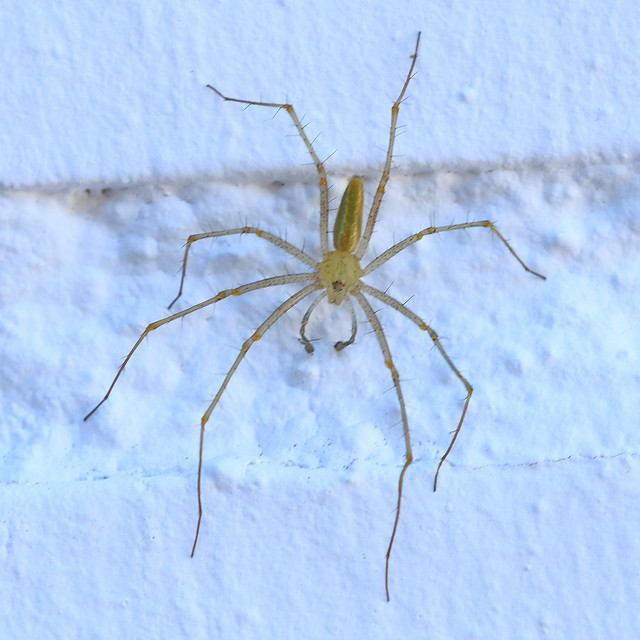
The Lynx Spider is a formidable predator but as with any spider think twice before swiping away with a thoughtless hand.
It may be small in size but it’s huge in its significance to the environment.
Flash forward to the present and the bright Spanish sunshine appears to have bleached away any traces of Nightjars or Death Hawk Moths. Fortunately, there is still plenty of wildlife to be found in my mother’s garden villa. However, I must now look more carefully for this wildlife. The gathering swallows that once stitched the sky along with the teeming insects that they fed on, are sadly not as abundant as they once were. However, I must count my blessings and be thankful for the many creatures that still take refuge in my mother’s garden villa.
Below are some of the creatures found in my Mother’s Garden Villa. Torreblanca del Sol, Malaga, Spain:
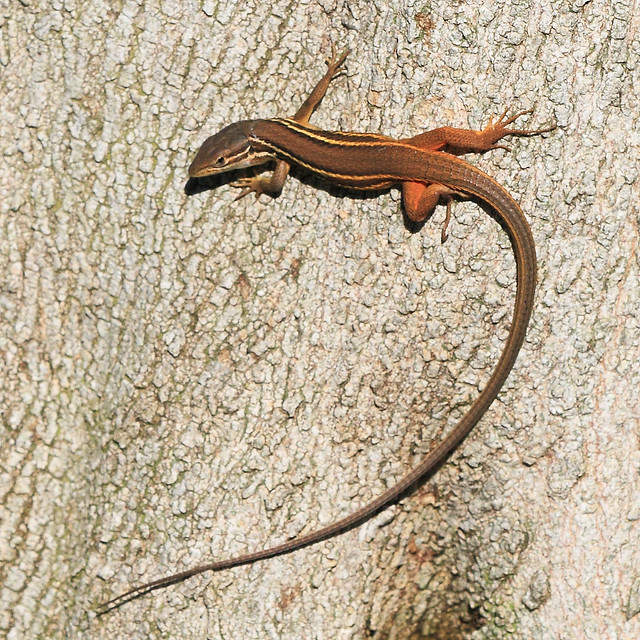
Iberian Wall Lizard – Podarcis hispanica
The Iberian Wall Lizard is larger and more colourful than the Common Lizard found in Britain. Seen here clinging to tree trunk while basking in the early morning sun.
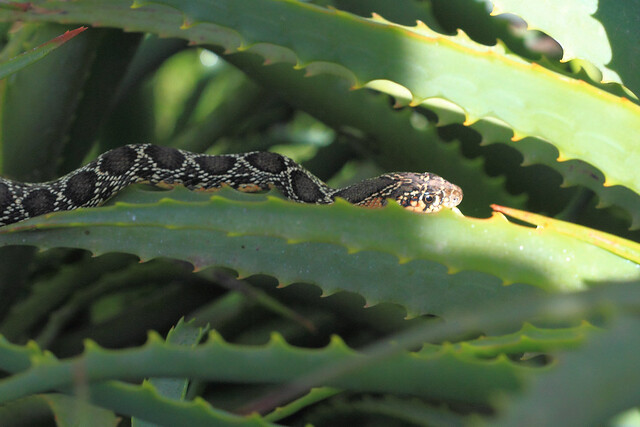
Viperine Snake – Natrix maura
Early morning and this Viperine Snake was seen spreading its long sinuous body along the equally long aloe vera leaves.
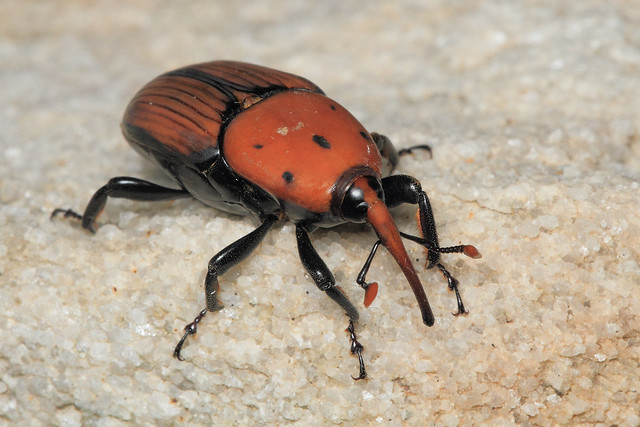
Red Palm Weevil – Rhynchophorus ferruginous
Originally from tropical Asia, the red palm weevil has spread to Africa and Europe, reaching the Mediterranean in the 1980s. It was first recorded in Spain in 1994.
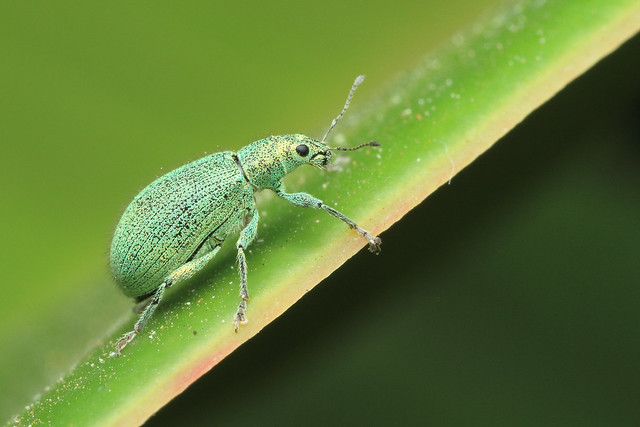
Green Leaf Weevil – Phyllobius maculicornis
From the enormous Red Palm Weevil to the tiny Green Leaf Weevil (smaller than my thumb nail) nature is wonderful in its diversity – even within one genus!
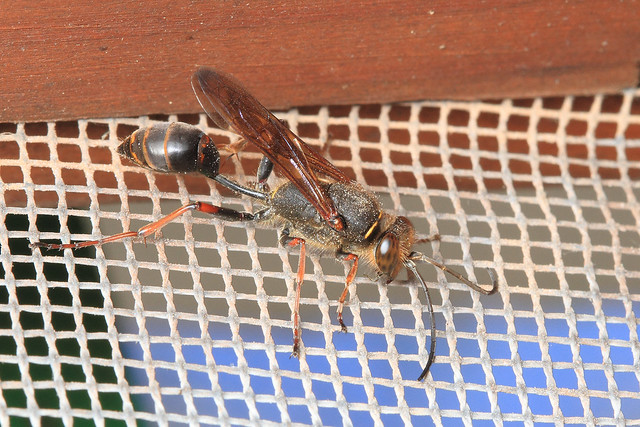
Huge spider killing wasp on mosquito net.
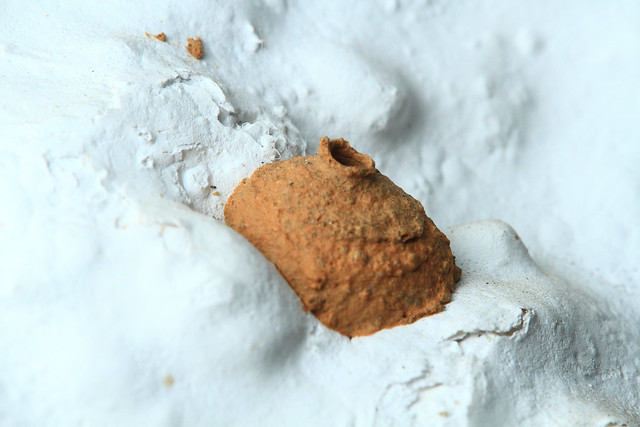
Wasp nest – these homes are reminiscent and as beautiful as any master craftsman’s clay pot.
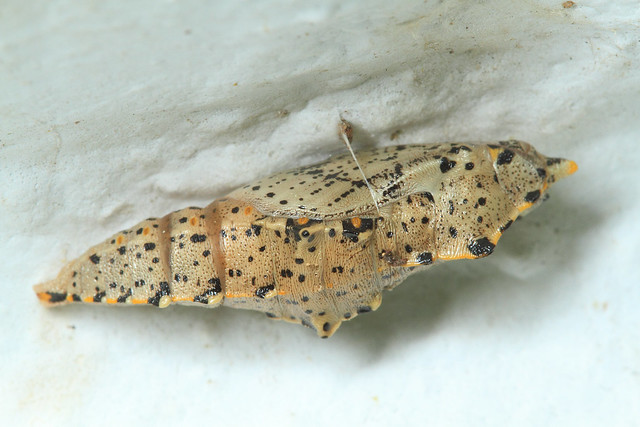
Large White Pupa – Piers brassiere
Found in sheltered spot underneath a bedroom window sill.
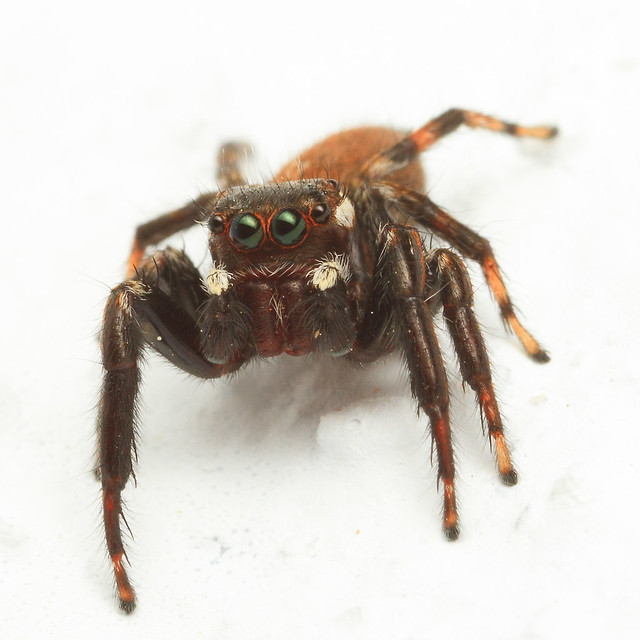
Jumping Spiders are easily spotted darting about on the bright villa walls.
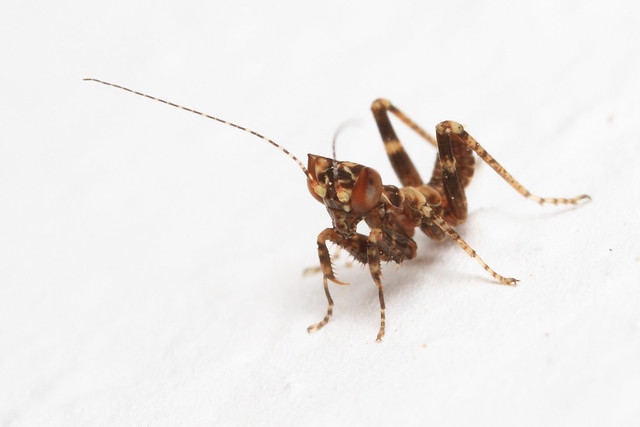
The alien-like Preying Mantis Nymph will grow into a ferocious predator.
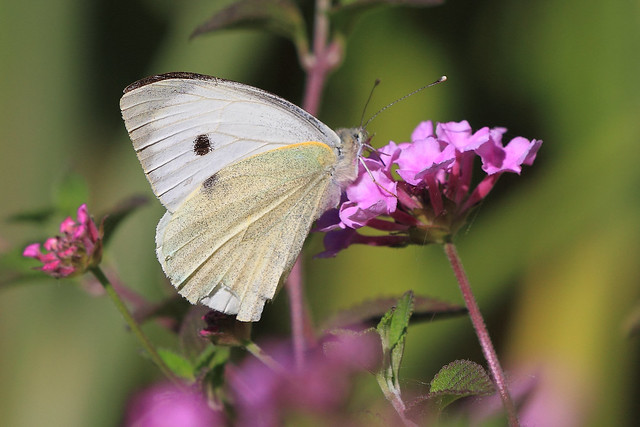
Just like back home in Wales, there was always the ubiquitous Large White – Piers brassicae

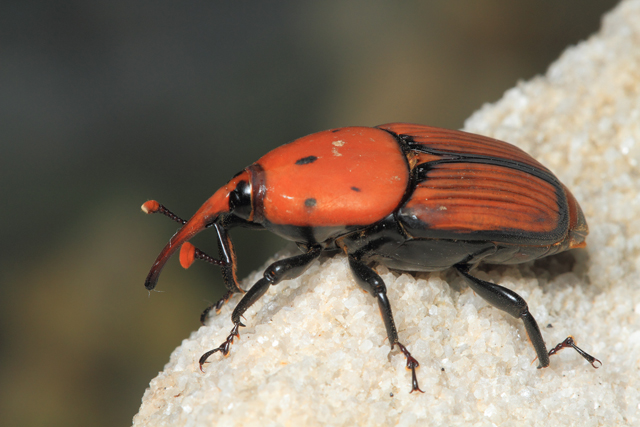
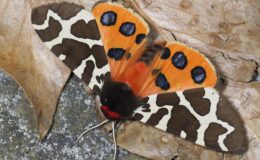
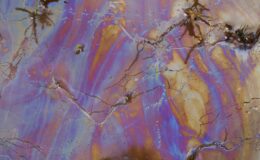
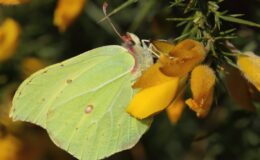
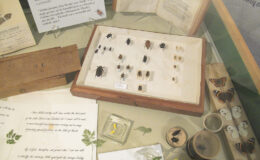
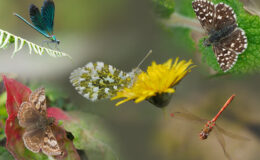
Leave a Comment